The only thing certain about the current moment is uncertainty. In our previous post, my colleague, Stephen Pratt, talked about what a contingency plan is and the tactical considerations that go into one. Recently, we’ve also been working with our clients to embed contingency planning into their approach to strategy.
We divide this thinking into three categories: short-term, long-term, and condition-setting.
We encourage our clients to identify where they can add value for their communities in the current moment. Once the short-term is mapped out (as much as possible) a contingency plan should also allow you to tell when you can begin looking to the medium and long term again. You can’t yet know whether the situation has changed permanently or temporarily, and that’s okay. Developing a contingency plan allows you to understand the degree to which the “new normal” will require you to rework and adapt your strategy.
A quick example to cut through the jargon: One of our clients, Women Giving Back, collects second-hand clothing in the Washington, DC region and distributes it to women and children in crisis. The clothing is sorted by volunteers at a warehouse in Virginia. Women’s shelters in the region organize visits to the Women Giving Back store, where clients are able to get clothes for themselves and their children. The Covid-19 pandemic forced them to temporarily close the warehouse and store and pause processing clothing donations. Rather than completely shutting down, the board and staff started collecting food donations instead. Every Saturday, hundreds of families come to the warehouse for drive-thru food pick-ups, responding to the dramatic increase in food insecurity caused by the pandemic.
Many organizations are nimbly adapting to the pressing needs of their communities, temporarily putting a pause on their long-term plans. But how long is “temporarily?” For example, how will organizations know when they’re able to shift back to their traditional service model? Or will their service model have to fundamentally change?
Facing questions like this can be understandably unsettling. Part of the purpose of building out a contingency plan is to help manage that stress. To start:
(1) make a list of the questions that you have, even if you don’t know the answers
(2) divide them into short-term vs. long-term questions
(3) think through what some of the conditions are that would tell you you’re ready to move from short- to long-term thinking.
Looking for more detail? Here is one example of a template you might use:
Short-term: What about your current model needs to change to respond to your community’s immediate needs in light of Covid-19?
- What services could be expanded to serve the need?
- What services could be added?
- What might need to be paused for the time being?
- What resources (people, funding, etc.) will you need to be successful?
Longer-term: Consider your current organization’s strategy and service model.
- Which elements are temporarily on hold (e.g., a growth campaign)?
- Which elements need to be re-examined?
- Which elements are uncertain?
Condition-setting: How will you know when you’re ready to move from short- to long-term thinking?
- What are some external indicators (e.g., lifting of shelter-in-place orders)?
- What are some internal indicators (e.g., reopening service delivery sites)?
Still have questions? We’re offering complimentary office hours to help you get started. Use the “Contact Us” form below to set something up.

